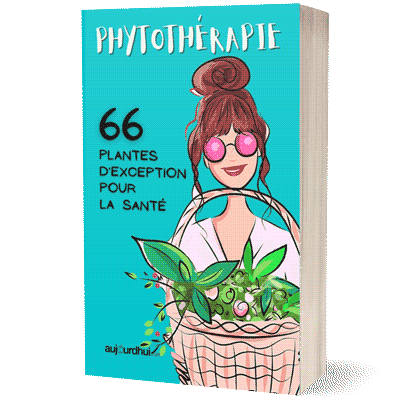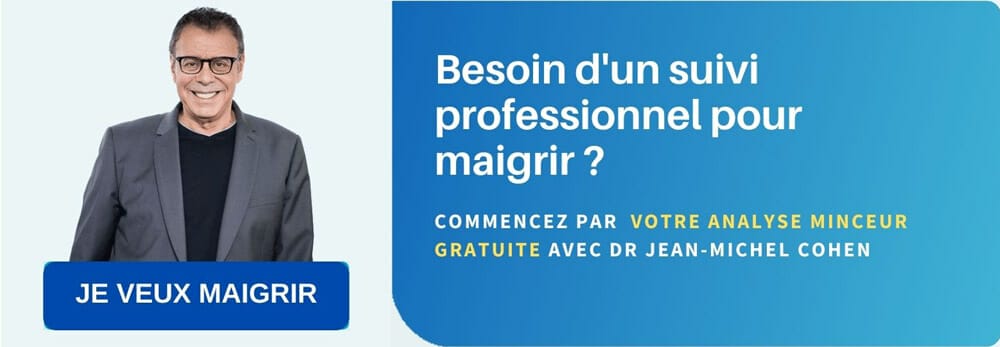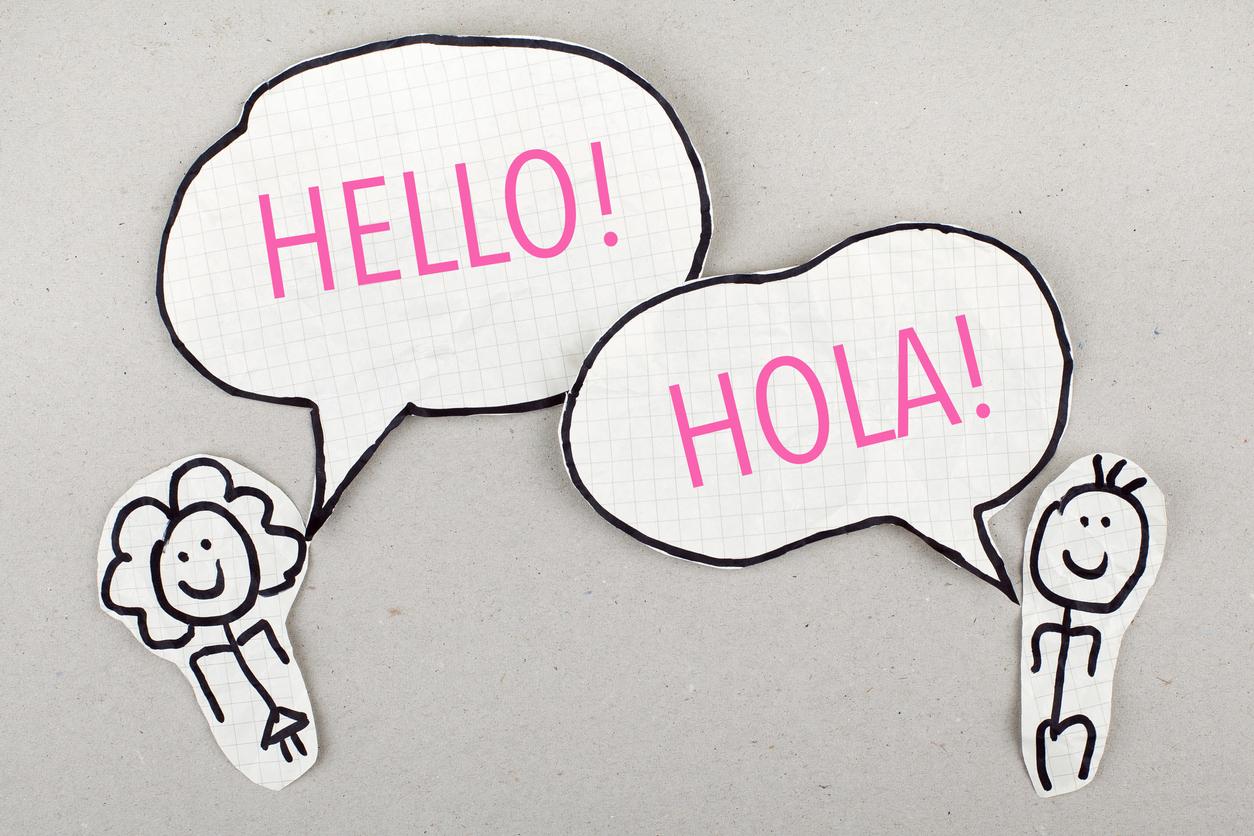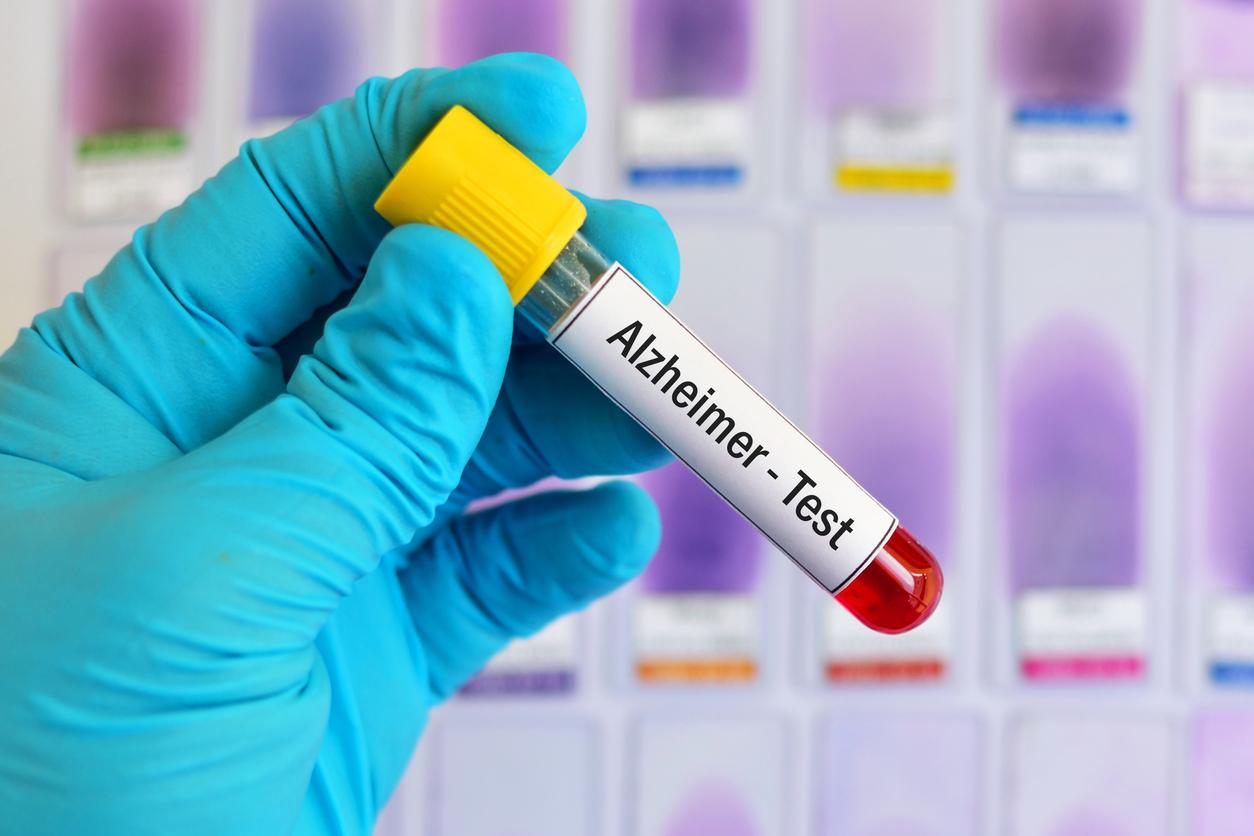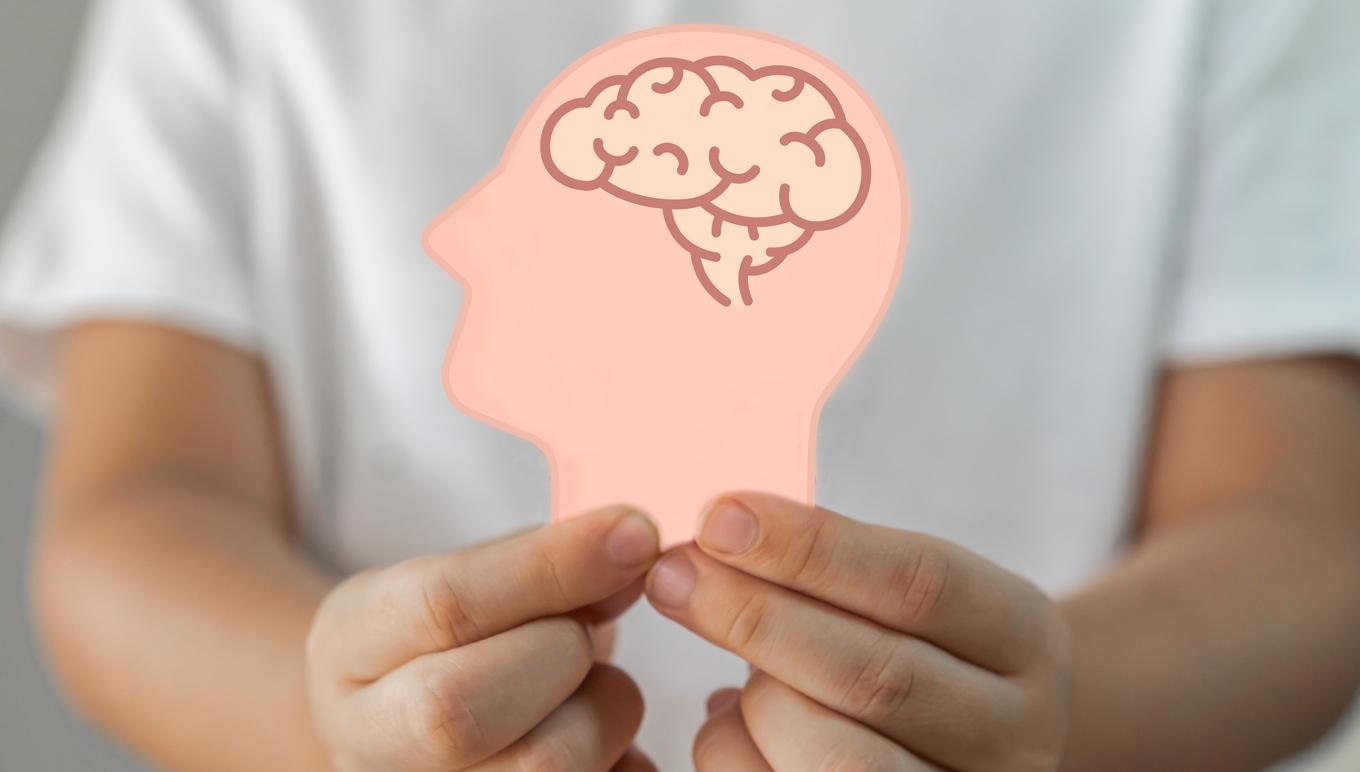Transfusing “young” blood (from individuals in their twenties) to older patients is the subject of the astonishing study unveiled by Dr Saul Villeda. During the conference of the Neuroscience Society in New Orleans, this member of Stanford University revealed the conservative and even regenerative capacities of the blood of young subjects. Could this doctor be inspired by the myth of Dracula to develop his theory? In any case, everything leads to believe that this blood would make it possible to preserve the “youth” of seniors, finally of their brains!
As we age, the composition of the blood changes, gradually causing a deterioration of the memory and certain functions of the brain. By transfusing “young” blood, Dr Villeda realized that we could fight against this phenomenon.
The mice have become younger …
His study involved elderly mice who received eight plasma transfusions from younger mice over a month. A test in a water maze then showed that the treated mice had much better memory than the others. “They were 18 months old, but they acted like much younger mice, four to six months old,” Dr Villeda explained. regenerated!
A previous study in mice had already shown that, conversely, transfusion of blood from elderly subjects to young people led to premature signs of cerebral aging.
Effective against Alzheimer’s?
Dr Villeda plans today to direct his research more precisely on mice suffering from a degeneration close to the Alzheimer’s disease, where brain connections are gradually destroyed leading to memory loss and learning difficulties. The researcher said at the conference: “What I think is that if we can deal with it sooner, when our body is still in control and thus prevent this from happening, we might not have to heal. Alzheimer’s disease, we might be able to stop it. “
As for the application to humans, Dr Villeda is optimistic. “Could the transfusion of new blood have an effect on humans, yes I think more and more that it is possible. He adds: “Our results open the possibility of using young blood in future therapeutic interventions aimed at reversing cognitive impairments in the elderly. “



